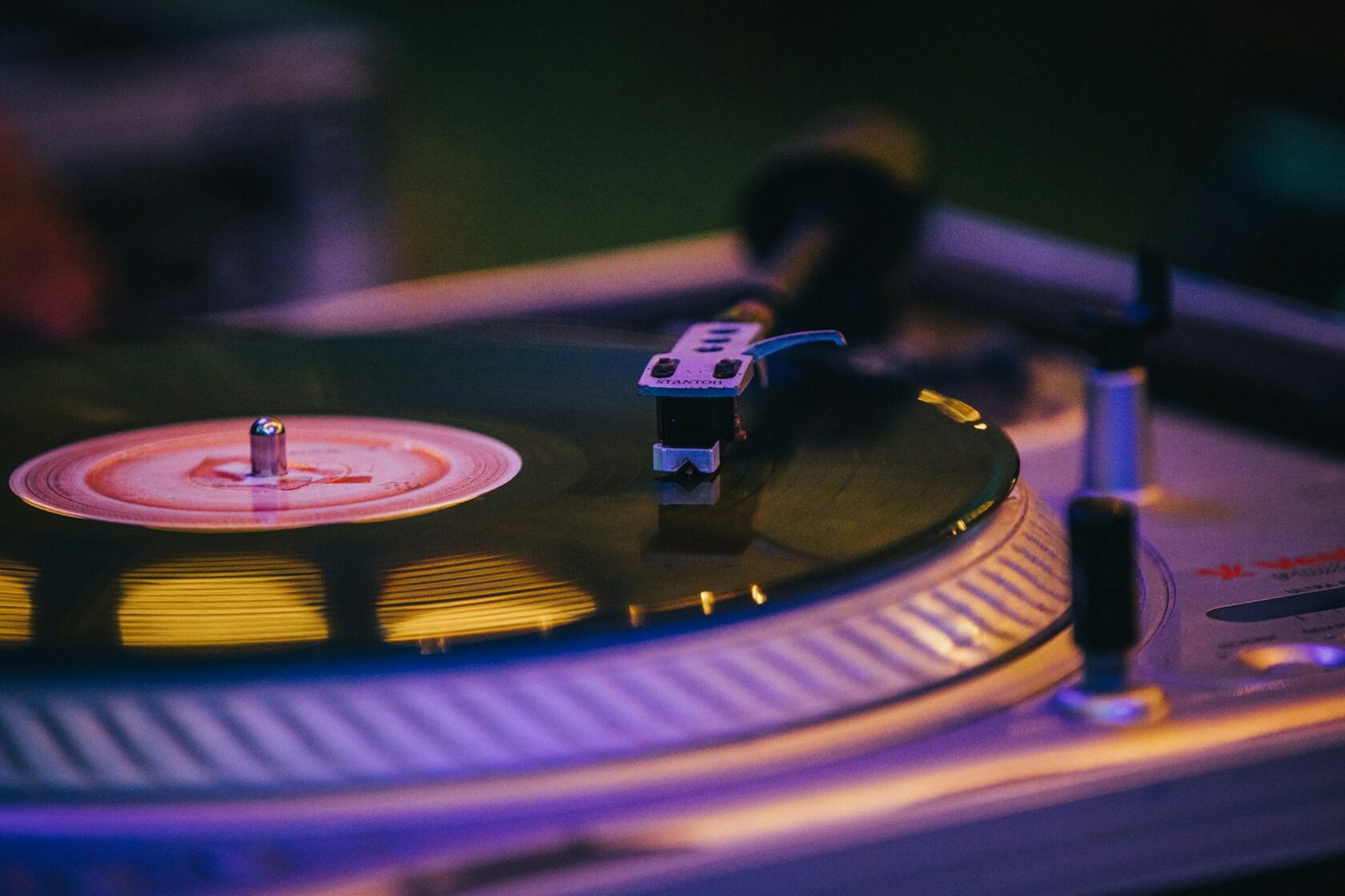🎧 Introduction
Let’s be honest: the word “musicality” can sound mysterious — even intimidating.
Some dancers imagine it means advanced timing, deep musical training, or knowing exactly when to add a perfect syncopation or body roll. But actually, musicality is far more natural and instinctive than that.
You already have musicality.
You just may not have learned how to listen, notice, and express it — yet.
This article is the first in a series to help you unlock that part of yourself — step by step, without pressure, and without needing a partner.
💡 What Is Musicality (Really)?
Musicality is how you interpret and respond to music with your body. It’s the difference between dancing to music and dancing with it — or even better — as part of it.
In Kizomba, musicality might show up as:
- a soft chest roll on a smooth vocal
- a delayed step that echoes a snare hit
- a pause to match a break in the music
- or simply not moving at all when the music tells you to wait
It's not just about moving — it's about listening, feeling, and choosing.
🧠 The Good News: You Already Feel Music
Have you ever:
- tapped your foot while listening to a song?
- felt goosebumps when the bass drops?
- anticipated a “moment” in a song before it came?
Then guess what?
👉 You’re already responding to music emotionally — that’s the core of musicality.
What we’re doing in this series is making that instinct conscious — so you can express it clearly through your dancing.
🎯 Start Here: 3 Elements to Notice in Music
Next time you listen to a Kizomba or Urban Kiz song, try focusing on these:
1️⃣ The Pulse (a.k.a. The Beat)
This is the steady “heartbeat” of the music.
Try walking around your room and stepping only on that beat.
🎧 Example:
Perfect for beginners to find and feel the pulse. Try clapping, walking, or simply shifting weight to the rhythm.
2️⃣ The Breaks and Pauses
Good songs breathe. The music opens space — and dancers often rush through it.
Sometimes, the most musical move is doing nothing.
🎧 Example:
This track features smooth vocals and a mellow rhythm, with distinct pauses that invite you to embrace stillness and subtle movement.
💡 Tip: Don’t be afraid of silence. It’s part of the conversation.
3️⃣ The Textures and Layers
Is the vocal smooth or staccato?
Is the guitar sharp or flowing?
Is the song round and romantic, or edgy and punchy?
Your body can reflect this:
- Flowing music = body waves, slow steps
- Punchy music = isolations, sharper accents
🎧 Examples:
▶️ "Lembra" by Mika Mendes — smooth and melodic
▶️ "Tempo Sabi" by Djodje — sharper, funkier, more rhythmic texture
🧘♀️ Practicing Musicality Alone
Yes, you can (and should!) train this without a partner.
Mini Solo Practice:
- Pick a song from the list above
- Close your eyes and listen for 20–30 seconds
- Start with tiny movements — maybe just your head or shoulders
- Step to the beat
- Now experiment — stop when the music pauses, move more when it rises
🎯 Your goal: respond, don’t just repeat
🗣️ What Students Often Ask:
“Isn’t this just styling?”
No. Styling is what you do. Musicality is why and when you do it.
Even a simple pause or weight shift can be deeply musical.
“What if I get it wrong?”
You can’t. Music is an art, not a quiz.
If you’re listening, feeling, and choosing — you're doing it right.
🧭 What’s Coming Next?
In the next article of this issue of Magazine, we’ll cover:
- How to "speak" the music with your body
- Musical phrases and structures you can dance to
- How to respond to lyrics, bass lines, and vocals
- 🎥 Video examples of musicality in action
- Tools and tips for solo musicality training
🎁 Summary — Take This With You
✅ Musicality is about feeling music and choosing how to respond
✅ You already have musicality — we’re just refining it
✅ Start small: beat, break, and texture
✅ Stillness is sometimes the most musical move
✅ There’s no “wrong” interpretation if it’s honest
